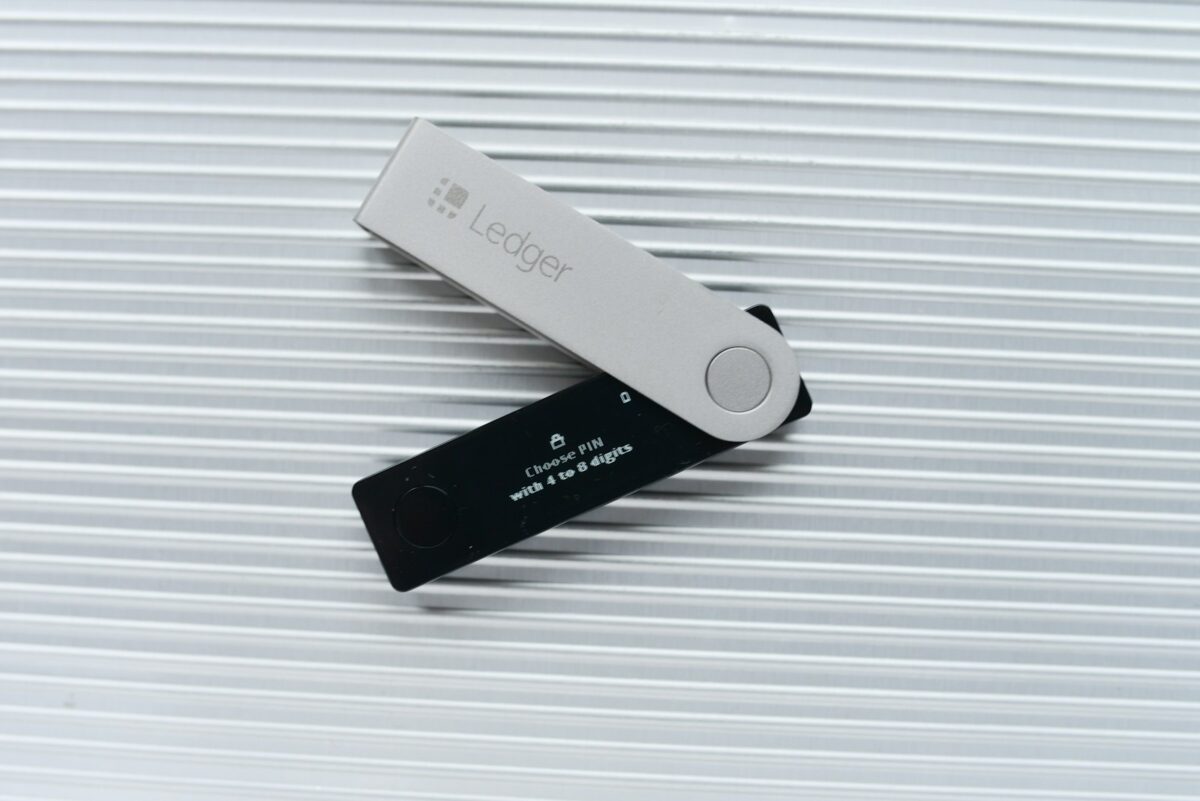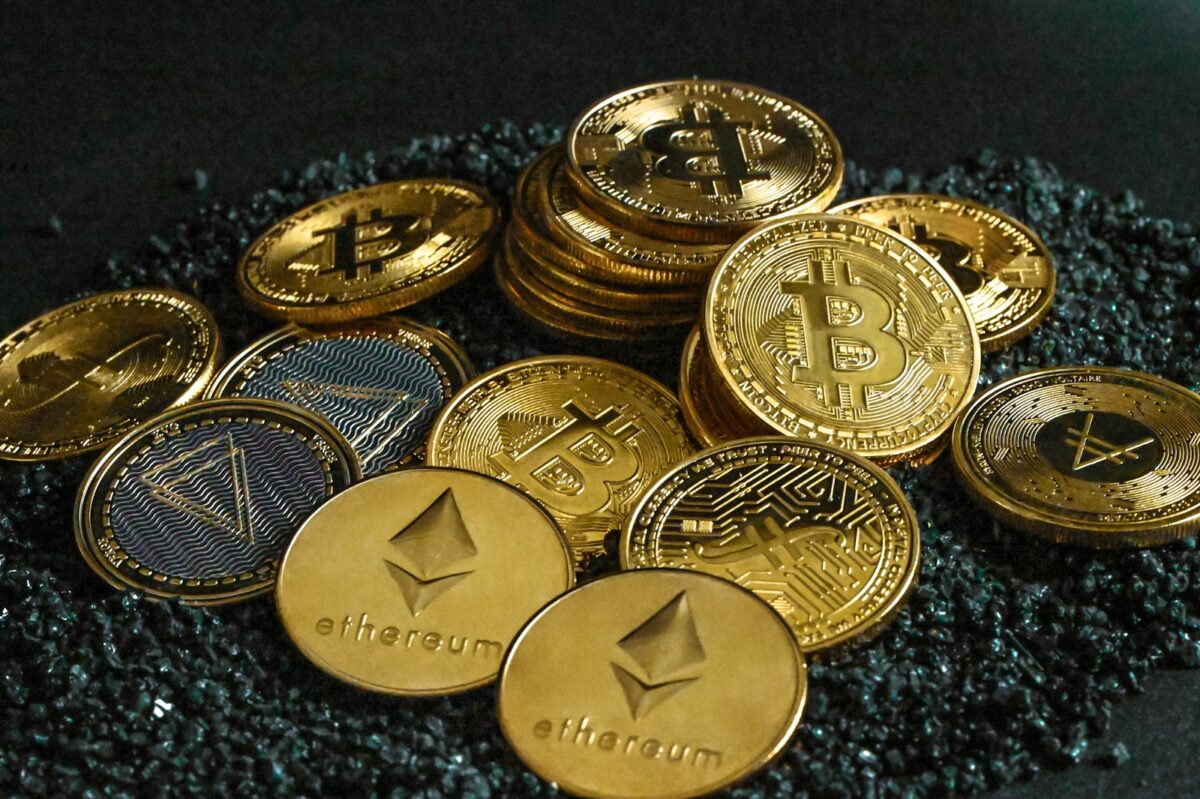
DeFi wallet setup guide

Security begins with choosing a reliable cryptographic key storage solution. Metamask stands out by enabling users to maintain full control over their private keys locally, reducing reliance on external servers. Initiate the process by installing the official extension and generating a unique seed phrase–store this phrase offline and never share it. This foundational step ensures that your asset management remains under your exclusive trust.
Establishing a seamless connection between your browser and decentralized applications requires precise network configuration. After wallet creation, verify network settings to match the intended blockchain environment, whether Ethereum mainnet or testnets. Proper alignment prevents transaction failures and enhances interaction fluidity with smart contracts across various dapps.
The next phase involves configuring permissions thoughtfully to avoid unnecessary risks. When authorizing dapps, restrict access to only essential data and always review transaction details before confirmation. This prudent approach minimizes exposure to potential exploits while maintaining operational convenience within your chosen interface.
DeFi Wallet Setup Guide
The initial step for establishing a reliable connection to decentralized finance platforms involves selecting a compatible client application. Metamask remains one of the most widely adopted options due to its seamless browser integration and robust support for Ethereum-based networks. During installation, carefully record the generated seed phrase; this key is indispensable for account recovery and should be stored securely offline to prevent unauthorized access.
Configuring network parameters precisely ensures uninterrupted interaction with blockchain nodes. Users must verify RPC endpoints and chain IDs to avoid misrouting transactions or exposure to phishing attacks. For example, when connecting to less common testnets or Layer 2 solutions, manual input of these parameters becomes necessary. This technical vigilance reduces risks associated with misconfigured environments.
Security Practices for Trustworthy Access
Securing private keys against leaks is paramount; hardware solutions such as Ledger or Trezor provide enhanced protection by isolating cryptographic operations from internet-connected devices. Software alternatives require strict adherence to operational security principles: disabling browser extensions unrelated to cryptocurrency management, utilizing strong passwords, and enabling two-factor authentication wherever applicable.
The integration between client applications and decentralized protocols demands explicit user approval for transaction signing. Analyzing smart contract interactions before authorization mitigates the risk of malicious code execution. Employing tools like Etherscan’s contract verifier or third-party auditing reports can provide additional assurance regarding the legitimacy of requested operations.
- Installation: Download the official extension from verified sources only.
- Seed Phrase Backup: Write down on physical media; never store digitally without encryption.
- Network Configuration: Confirm RPC URLs correspond with intended chains.
- Transaction Verification: Cross-reference contract addresses and function calls prior to confirmation.
The evolving nature of decentralized ecosystems requires continuous learning and adaptation. Experimenting within test environments can strengthen understanding of wallet mechanics and transaction flows without risking assets. This empirical approach reveals subtle nuances such as gas fee optimization techniques or nonce management that influence operational efficiency.
Cultivating trust in non-custodial asset control hinges on technical diligence paired with informed skepticism toward unsolicited prompts requesting access permissions. Encouraging users to explore blockchain explorers, monitor transaction histories, and engage with community-reviewed resources builds an analytical mindset essential for autonomous financial stewardship in permissionless networks.
Choosing Compatible Wallets
Prioritize security by selecting a wallet that supports robust encryption standards and offers reliable private key management. MetaMask, for instance, is widely recognized for its secure environment, providing users with non-custodial control over their assets. Its compatibility with various blockchain networks allows seamless interaction without sacrificing protective measures against phishing or unauthorized access.
Compatibility hinges on the connection protocols supported by the chosen tool. Most decentralized applications require wallets that implement Web3 standards such as Ethereum’s JSON-RPC API. Ensuring your client integrates smoothly with these APIs guarantees stable operation and transaction execution across multiple chains. For example, MetaMask’s browser extension enables direct communication with dApps via injected Web3 providers, streamlining user experience.
Technical Factors in Selection
Evaluate the interoperability of the asset manager by examining supported networks and token standards (ERC-20, BEP-20). Some platforms expand support beyond Ethereum-compatible blockchains to include Solana or Binance Smart Chain, enhancing versatility for diverse portfolios. This cross-chain functionality mitigates risks of network lock-in and broadens participation in emerging financial protocols.
- Security Features: Multi-factor authentication and hardware wallet integration improve resistance to cyber threats.
- User Control: Seed phrase backup and recovery options ensure ownership continuity even after device loss.
- Connection Reliability: Stable RPC endpoints reduce failed transactions and synchronization delays.
The implementation of open-source codebases fosters transparency, allowing independent audits to verify absence of backdoors or vulnerabilities. MetaMask’s open architecture encourages community-driven improvements while enabling developers to customize interfaces for specific operational needs. Trust forms through consistent updates addressing discovered exploits promptly.
A practical experiment involves testing wallet connectivity with multiple decentralized exchanges or lending platforms under varied network loads. Observing transaction confirmation times and error rates provides empirical data on performance reliability. Such testing reveals how certain wallets handle congestion or smart contract interactions differently, influencing choice based on intended use cases.
Selecting the right solution depends on aligning technical capabilities with personal risk tolerance and operational preferences. Experimentation combined with thorough analysis of connection stability and security protocols cultivates trustworthiness critical for managing digital assets effectively within complex financial ecosystems.
Installing Wallet Software
To initiate interaction with decentralized applications, a reliable software solution like MetaMask is essential. MetaMask functions as a browser extension and mobile application that facilitates secure key management and enables seamless connection to multiple blockchain networks. During the installation process, users must ensure they download the official version from trusted sources such as the Chrome Web Store or the official MetaMask website to avoid compromised software that may jeopardize asset security.
The installation involves generating a new cryptographic seed phrase or importing an existing one, which acts as the fundamental trust anchor for controlling digital assets. This mnemonic phrase must be stored offline in a secure environment since it provides full access to all associated accounts. The software’s interface guides through this procedure with step-by-step prompts, emphasizing caution around exposure risks during initial configuration.
Technical Aspects of Connection and Integration
MetaMask establishes encrypted connections between user environments and decentralized services by injecting web3 APIs into supported browsers. This mechanism allows dApps to request permission for account access, enabling transaction signing directly within the extension without exposing private keys externally. Such design preserves non-custodial control, a core principle ensuring users maintain full ownership of their funds.
For practical experimentation, developers often test smart contract interactions using MetaMask connected to Ethereum testnets like Ropsten or Goerli. This controlled setup verifies contract behavior while avoiding real-value risk. Additionally, advanced configurations permit custom RPC endpoints for less common blockchains, broadening compatibility beyond default settings and fostering versatile integration scenarios across various ecosystems.
Securing Wallet Access
Use hardware security modules or cold storage solutions to minimize exposure of private keys during initialization. For example, integrating a Ledger or Trezor device with Metamask significantly reduces risks associated with phishing and malware attacks by isolating key signing from the internet-facing environment.
When connecting to decentralized applications (dapps), always verify the authenticity of the connection request. Analyzing the permission scopes requested by dapps can prevent unauthorized token transfers or data leaks. Tools like Etherscan allow users to inspect contract interactions before approval, fostering informed trust decisions.
Multi-layered Authentication and Network Segmentation
Implementing multi-factor authentication (MFA) where possible adds an additional layer of defense beyond seed phrases and passwords. Some advanced interfaces support biometric verification or time-based one-time passwords (TOTP) linked to wallet access, enhancing protection without compromising usability.
Segmenting networks for interaction also strengthens security posture. Using separate browser profiles or dedicated devices exclusively for interacting with sensitive decentralized protocols reduces attack surfaces. This method isolates potential vulnerabilities in less critical environments from those managing significant assets.
- Seed Phrase Security: Store seed phrases offline using encrypted physical backups such as metal plates resistant to fire and water damage.
- Phishing Detection: Cross-reference URLs manually and avoid clicking unknown links embedded in unsolicited messages.
- Connection Verification: Confirm SSL certificates and ensure HTTPS protocols are active when initiating connections to new platforms.
A practical case study involves monitoring transaction approval flows within Metamask when interacting with popular dapps such as Uniswap or Aave. Users who strictly examine each permission request often avoid inadvertent token approvals leading to losses. This experiment underscores how detailed scrutiny during initial connection setup can significantly raise operational security standards.
The intersection between user experience and security remains a delicate balance. While rapid integration encourages adoption, it also increases vectors for exploitation if default settings remain unchecked. Researchers advocate that iterative testing of wallet connection protocols combined with user education on recognizing suspicious patterns fosters sustainable trust in decentralized finance ecosystems.
Conclusion: Optimizing Connection Between Wallets and Decentralized Applications
Securing a reliable connection between your asset management tool and dapps is fundamental to maintaining operational integrity and trust. Utilizing solutions like MetaMask requires deliberate attention to permissions, network configurations, and transaction approvals, ensuring that each interaction adheres to stringent security protocols without compromising user autonomy.
Advanced connection frameworks incorporate cryptographic signatures and layered authentication methods, reducing attack vectors while enhancing seamless integration with permissionless protocols. This analytical approach to interoperability fosters robust engagement with decentralized platforms, mitigating risks inherent in cross-application communication.
Key Technical Insights and Future Directions
- Connection Stability: Persistent session management using encrypted channels minimizes latency and prevents unauthorized access during active dapp interactions.
- MetaMask as a Standard Interface: Its widespread adoption simplifies onboarding but mandates continuous updates to counter evolving phishing techniques targeting wallet extensions.
- Trust Models: Emerging paradigms emphasize non-custodial designs where users retain control over private keys, underscoring the necessity for transparent permission requests from connected applications.
- Security Enhancements: Integration of hardware security modules (HSM) with software wallets is a promising trend to safeguard sensitive operations during connection handshakes.
- Dapp Ecosystem Growth: As application complexity increases, standardized APIs for wallet-dapp communication will be critical to maintain scalable and secure interactions.
The trajectory of these developments suggests an ecosystem where interactions between asset management interfaces and decentralized platforms become more intuitive yet fortified against sophisticated threats. Encouraging experimental engagement through iterative configuration adjustments and vigilant monitoring cultivates deeper understanding and resilience within this dynamic environment.
Exploring novel methodologies such as threshold signatures or multi-factor authentications integrated directly into user agents may redefine how trust is established at the protocol level. This direction not only enhances security but also opens avenues for more granular control over permissions–inviting further research into adaptive user consent frameworks aligned with evolving regulatory landscapes.


